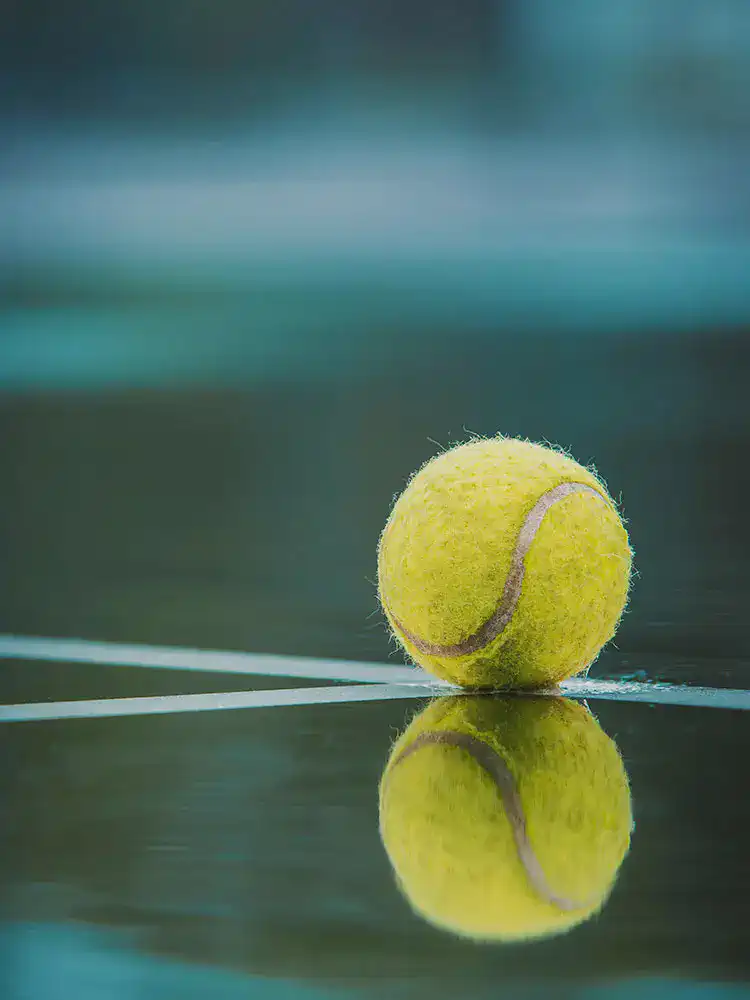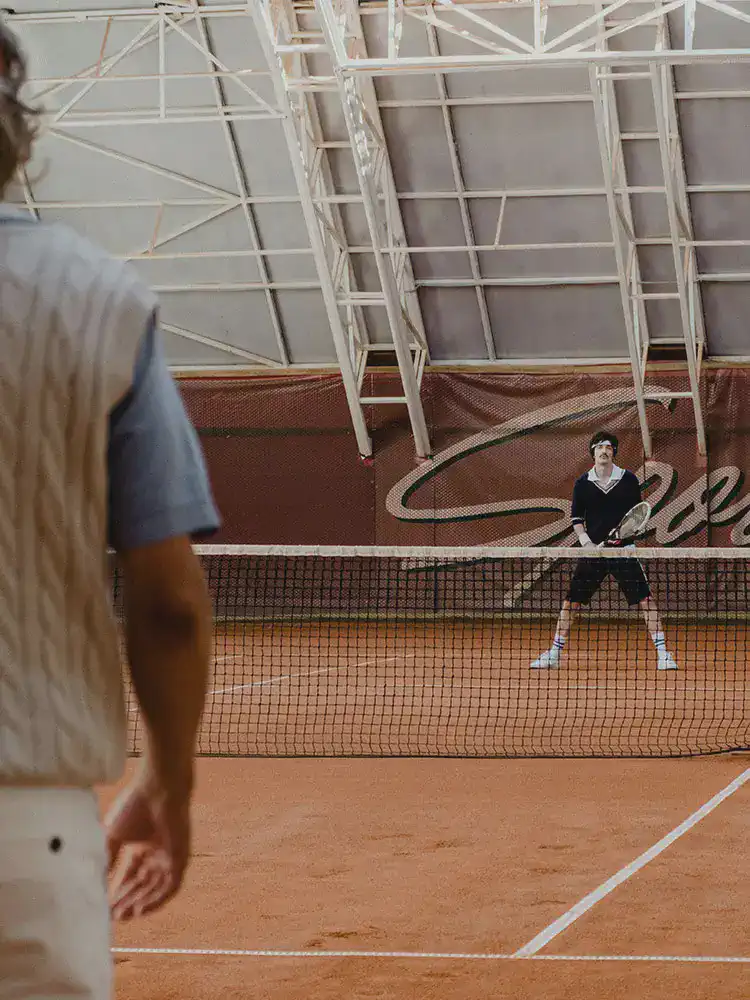Tennis is a globally popular sport that combines physical skill with mental strategy. Whether you are looking to play casually, competitively, or aiming for a professional career, understanding the basics of tennis is essential. This article will guide you through the fundamentals of tennis and provide insight into how you can get involved in various capacities.
How to practice tennis alone: techniques and drills
Practicing tennis alone can be both fun and effective. Here are a few techniques and drills you can use:
- Wall practice: Hitting the ball against a solid wall can help you work on your strokes, control, and consistency. Try varying the speed and angle of your shots to simulate real-game scenarios.
- Serve practice: Use a tennis court to practice your serve. Aim for different parts of the service box to improve accuracy.
- Shadow tennis: Mimic tennis strokes and movements without a ball. This enhances muscle memory and improves your form.

When do you switch sides in tennis: point system and lateral switching
In tennis, players switch sides of the court after every odd-numbered game within a set. This rule helps ensure neither player gains an unfair advantage from environmental conditions like sun and wind. Switching sides is also a brief moment to reset mentally and physically during a match.
Can you hit the ball twice in Tennis: passing rules
In tennis, hitting the ball twice in a single stroke is illegal. If a player hits the ball twice, even accidentally, it is considered a fault. The rules are designed to ensure that each volley is a clean, singular motion.
How many challenges permitted in Tennis: explain the call system
The challenge system in tennis allows players to contest a line judge’s call. In major tournaments, players are typically allowed three incorrect challenges per set, with an additional challenge allowed for tiebreaks. This system helps maintain fairness, particularly with the advent of electronic review technologies like Hawk-Eye.
How long does a tennis match typically last? factors influencing match duration
The duration of a tennis match can vary significantly depending on factors such as the match format (e.g., best of three or five sets), the playing style of the competitors, and surface type. Professional matches can last anywhere from less than an hour to several hours.
How to become a professional tennis player? path to professionalism
To become a professional tennis player, one needs to:
- Start early: Begin training at a young age to develop skills and gain competitive experience.
- Participate in tournaments: Gain rankings and exposure by participating in junior, amateur, and then professional tournaments.
- Continuous training: Work with professional coaches to refine techniques, physical conditioning, and mental strength.
How much do tennis coaches make?
The salary of a tennis coach can vary widely based on location, experience, and the competitive level of their players. On average, salaries can range from $30,000 to over $100,000 per year. Top coaches for professional players often earn significantly more, depending on their arrangement and performance incentives.
How to become a tennis linesman? certification process
Becoming a tennis linesman involves:
- Certification: Obtain certification through a recognized tennis authority in your country.
- Training: Participate in training sessions to learn the rules and acquire the necessary skills.
- Experience: Start at smaller tournaments to gain experience before moving to higher-profile events.

How much do tennis umpires make?
Like linesmen, the income of tennis umpires can vary. They generally earn between $30,000 and $70,000 annually, depending on their experience and the level of tournaments they officiate. High-profile matches, such as those at Grand Slam tournaments, typically offer higher compensation.
Whether you’re just starting out or aspiring to make tennis your profession, the sport offers numerous opportunities and rewarding experiences. With dedication and the right guidance, tennis can be an enriching part of your life.
Conclusion
Tennis is not just a sport, it is a journey that offers opportunities for physical, mental and professional growth. Whether you’re picking up a racquet for the first time or looking to hone your skills for competition, the information presented here provides a solid foundation for practicing the sport at any level. Embrace the challenges of solo practice, understand the nuances of the rules of the game, and explore the path to becoming a tennis professional-whether as a player, coach, or umpire. With dedication, practice, and the right guidance, tennis can become not only a rewarding part of your lifestyle, but also a promising career path.